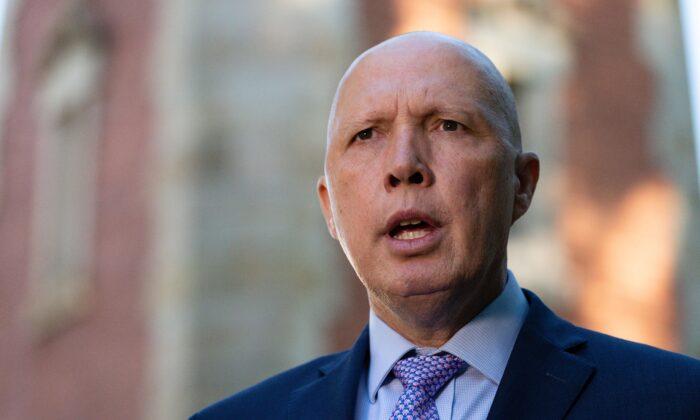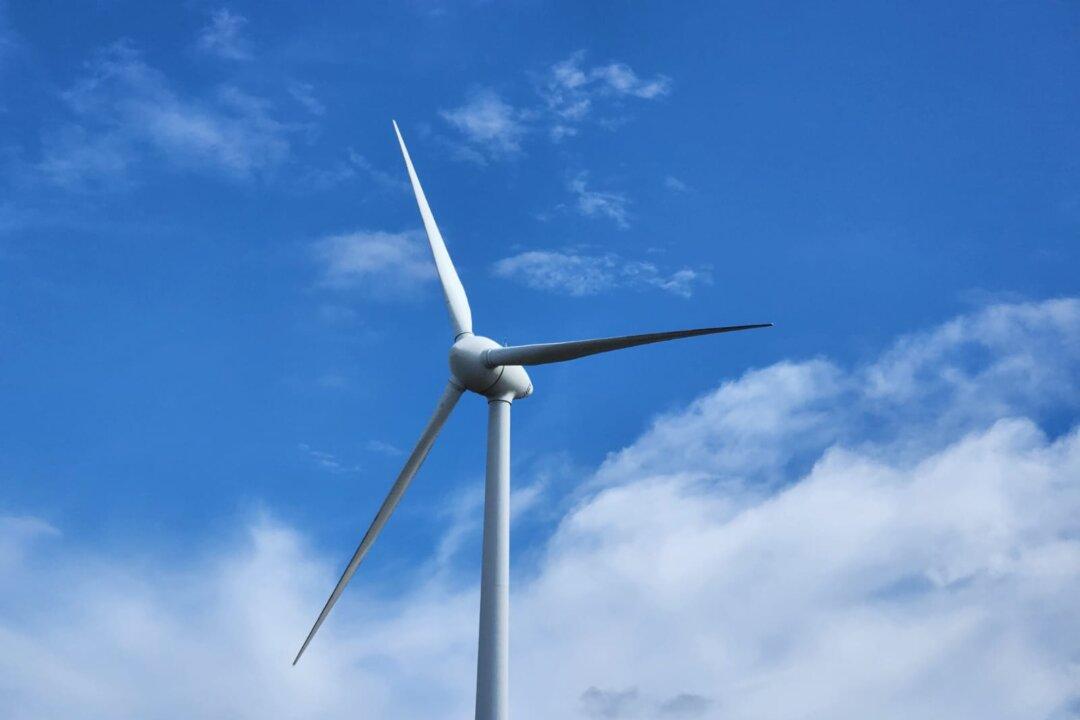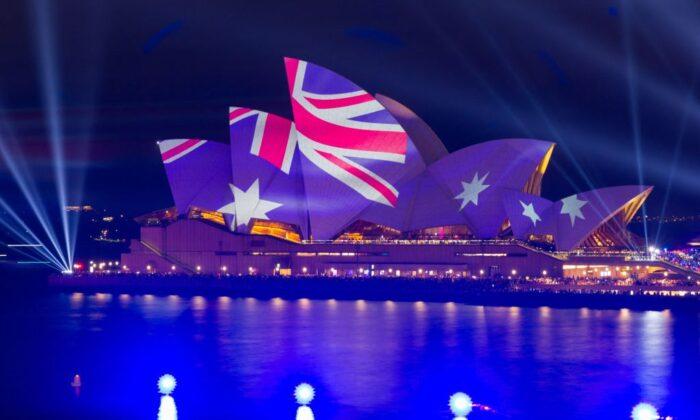Australian Defence Minister Peter Dutton has announced a $2 billion (US$1.44 billion) investment into developing cutting-edge unmanned submarine technology amid ongoing tensions in the South Pacific region. At the same time, the minister pledged another $2 billion to purchasing state-of-the-art missile technology to protect naval vessels against anti-ship weapons.
For the undersea drones, Australia’s Department of Defence will partner with Anduril Australia to design and manufacture three Extra Large Autonomous Undersea Vehicles (XL-AUV). The vessels are operated remotely, range between 10 to 30 metres in length, and can carry weapons over long distances.
Such technology has been tested by the United States (Orca XLUUV) and United Kingdom (Manta XLUUV) and have been tested with tasks such as carrying out underwater patrols along pre-programmed routes, electronic spying, and anti-submarine warfare.
Australia will likely benefit from the experience and technology due to the AUKUS agreement.
“There is a clear need for an XL-AUV built in Australia, for Australia,” Palmer Luckey, Anduril founder said in a statement. “The XL-AUV will harness the latest developments in autonomy, edge computing, sensor fusion, propulsion and robotics to bring advanced capability to the RAN.”
The development of the drones will be a stop-gap measure to bolster the RAN before the arrival of nuclear-powered submarines under AUKUS.
Minister Dutton also pledged $2 billion into purchasing Evolved Sea Sparrow Missiles (ESSM Block 2), which have a range of 50 kilometres and active radar technology to help identify enemy anti-ship missiles.
The first batch of ESSMs have already arrived in Australia for testing purposes, and plans are in place for production of the weapons in Adelaide, Brisbane, Newcastle, and Melbourne.
The latest weapons investment comes after Beijing signed off a security deal with the Solomon Islands government that could open the door for the Chinese Communist Party (CCP) to station troops, weapons, and naval ships in the Pacific nation—located around 1,700 kilometres from Australia’s northern city of Cairns.
The Solomon Islands was the site of extensive fighting during World War II—resulting in more than 7,000 casualties to the Allied forces—because of its critical position and influence over vital sea lanes.






Friends Read Free